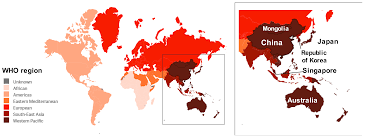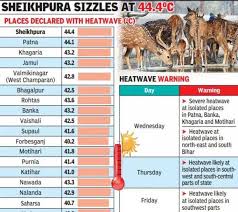H3N2 Influenza: Current Status and Health Precautions

Introduction to H3N2 Influenza
The H3N2 influenza virus, a subtype of the influenza A virus, has garnered significant attention this flu season due to its impact on public health. The World Health Organization (WHO) and health authorities worldwide stress the importance of awareness and preparedness against this seasonal flu strain, as it poses a risk particularly to vulnerable populations.
Current Outbreaks and Statistics
As of October 2023, India and several nations have reported an increase in H3N2 cases. The Union Health Ministry has confirmed thousands of cases across various states, with hospitalizations rising notably in regions with high population densities. Flu surveillance data indicates a worrying trend where H3N2 accounts for a larger proportion of influenza diagnoses compared to earlier years.
The typical symptoms associated with H3N2 influenza include fever, cough, sore throat, body aches, fatigue, and respiratory distress. Authorities emphasize that while many individuals may experience mild symptoms, the virus can lead to severe complications in elderly individuals and those with pre-existing health conditions.
Preventive Measures
In light of the rising H3N2 cases, health experts recommend several preventive measures. Vaccination against seasonal influenza remains one of the most effective ways to minimize infection risk. Public health campaigns are ramping up to encourage vaccination, especially among vulnerable groups.
In addition to vaccination, personal precautions such as regular hand washing, using hand sanitizers, avoiding crowded places, and practicing respiratory hygiene are vital. If symptoms of influenza are experienced, individuals are urged to seek immediate medical attention and remain in isolation to prevent further spread.
Conclusion and Future Outlook
The ongoing prominence of H3N2 influenza highlights the importance of vigilance in public health practices and individual hygiene. With the flu season expected to last through early next year, health authorities emphasize the continuous need for awareness and community efforts to curb the spread of this virus. Enhanced surveillance, vaccination drives, and public education are critical to ensuring a safer environment during the flu season.
As we move further into the season, it is crucial for individuals to stay informed about H3N2 influenza, adhere to health guidelines, and consider getting vaccinated to protect themselves and their communities.









